“I hate small towns because once you’ve seen the cannon in the park there’s nothing else to do.” Lenny Bruce, comedian
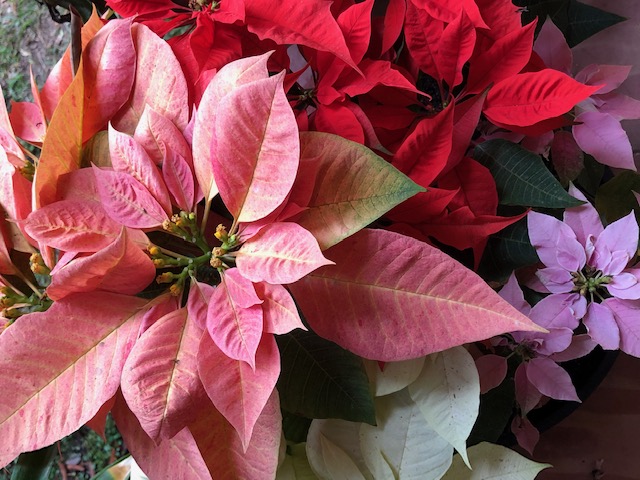
I used to agree with Lenny, but I bet he never visited one of Mexico’s Pueblos Mágicos!
After her long day of traveling, David’s sister, Beth, arrived Christmas Eve and no sooner than she’d put down her suitcase then we headed out to next door, to our lovely neighbor Judith. She prepared a traditional ham dinner with all the trimmings – those being my nourishment. The dining table was festive and beautifully set, as you can imagine an artist such as Judith would create. Long tales shared over long drinks, dinner and plenty of laughter carried us through dessert.
Prior to departing, Judith gifted all with a local, handmade decorated Christmas sock filled to the brim with candies and other goodies. My favorite was a spinning, lighted musical top and being a kid-at-heart, ‘twas the best present of the season, providing endless and mindless fun.
Christmas Day. Gifts leisurely unwrapped … followed by an early Hanukkah dinner of beef brisket and potato latkes … then packing for the following day’s road trip to Querétaro City to show Beth another of Mexico’s rich colonial cities.
But I digress … must share with you David’s slow cooked brisket, using his mom’s recipe as a starter to a masterpiece. As it was cooking (for well over four hours) its intoxicating aroma permeated the house. The tender meat fell apart into the richly, savory spiced sauce along with vegetables filling the Dutch Oven.
It just couldn’t be helped … I filled a small side dish with the heavenly gravy/sauce; happily dunking bread into it. Further temptation proved too great and I succumbed to tasting the delicious brisket. Darn David! It’s the one day a year when the devil’s work takes possession of me. The meat was so flavorful and melted in your mouth … as to the latkes, they deserve its own blog.
Querétaro City is a short four hours drive from lakeside. We’ve visited the city earlier in the year and truly enjoyed its beautiful historic central core. It would be the perfect place to share with Beth and show her another authentic part of México. If I were to make New Year’s resolutions, #1 would be to discover as many of the treasures as possible throughout the country.
Winter days in Querétaro are glorious with warm, stunningly blue cloudless skies. Steps away from our hotel was the historic district. We wasted no time in exploring the beautifully landscaped plazas, pedestrian walkways and churches decked out for the holiday season with full-sized nativity displays.
Vacation time usually finds me more hyper than the energizer bunny, so I quickly wore Beth and David down. A quick rest, then it was dinner time … the same path traveled in the afternoon was now ablaze in festive, colorful Christmas lights. Un millón de familias were out and about for a stroll; at times you came to a standstill with waves of humanity like a tide, ebbing and flowing along its old cobblestone sidewalks and streets.
Tours by Locals.com provided us a wonderful tour guide/driver, Rodrigo, to visit three Pueblos Mágicos ~ the Magical Towns of México within an hour’s drive of Querétaro. They’re selected for being localities that have magic, symbolic attributes, legends, history or transcendental facts that contribute to its cultural identity. The designation also helps with an economic tourism boom. They’re generally off-the-beaten track and astound with their beauty.
Tequisquiapan (try that one on the tongue) or Tequis, as affectionally called by the locals, would be our first magical stop. It’s famous for its local cheese production.
In the early 20th century Mexican president, Venustiano Carranza, passing through Tequis on his way to the city of Querétaro, would issue a decree announcing that the town was the “geographical center of the country.” Not quite so, more like posturing as political bluster. Today that distinction is widely considered to be Zacatecas.
Tequis’s central plaza is anchored by a 16th century Neoclassical style church with simple lines and made of distinctive pink sandstone. The clock in the tower dates from 1897. Narrow cobblestone streets radiate from the large square and are lined with traditional rustic houses with wrought iron fixtures, balconies, and wooden windowsills; the remaining legacy of its 300 year heritage as a colonial town populated mostly by indigenous people.
Many of the these old houses have been converted into restaurants, specialty food shops and art galleries. A window display in one proved tempting. A beautifully painted barro (clay) Christmas tree, created by a local artist, beckoned me inside. Beth said it had my name in flashing lights. David asked the important question, “Will you regret not buying it tomorrow?” Few times in my travels has my wallet vibrated so wildly in my pocket … so yes, another decorative Christmas tree has been added to the household collection.
Before moving on to the next Magic town I asked Rodrigo if a quick stop to Bodegas De Cote Vineyards was possible. Earlier this year we had a wonderful experience there; bringing home some of their fine wines. Well, the few remaining bottles needed replenishment, so we swooped in/out like well-trained wine ninjas. New Year’s will be a better celebration.
Cadereyta De Montes, Magic Town #2, is the gateway to the Sierra Gorda, and located at the beginning of the Camino Real; with it the history of Saint Junípero Serra (all Californians are familiar with him). Cadereyta was founded in 1640, and from its conception during the Spanish rule of Mexico, it became the dominant city in this part of the state with its status of Alcaldía mayor in 1689. It was a post from which the main trade routes were defended from attacks by the indigenous people of the Sierra Gorda.
Two glorious churches flank a large central square surrounded by century old houses. For Christmas, the main church has its main altar covered with a floor-to-ceiling blue curtain and twinkle lights; making it the perfect backdrop to the display of the most beautiful nativity sighted on this trip and there were many we came across.
Bernal was our third and final Magic Town. It’s known for its enormous monolith of a single, massive rock, the Peña de Bernal, at 433m (1,421 ft) tall. It’s the third tallest in the world, following Gibraltar on the Iberian Peninsula and Sugarloaf in Brazil. The Rock is known to be a spiritual vortex (think Sedona) with inspirational vibes.
We wanted to show Beth this amazing display of nature. But who was I kidding, truth be known, it was the famous blue broken-corn gorditas (a Mexican type of pita bread) I’d come for. This dish is common to most of Mexico, but they absolutely shine here.
Rod asked if I wanted to try a “new place” and I told him sure. Well, it turned out to be the same place as before, Doña Jose. The gorditas soon arrived hot from the comal – grilled and stuffed with a variety of guisados: rajas con crema and nopales, egg and shrimp, frijoles, picadillo and papas, mushrooms, chorizo and eggs and shredded beef; topping them all with a spicy red sauce and quenched with cool, sweet Jamaica tea.
Bernal is popular with day trippers, especially weekends and holiday time Earlier this year we had the town to ourselves; this time it was bursting at the seams with happy people.
On the toll road home, back in Jalisco state, traffic would suddenly come to a standstill as we passed groups of cyclists. The lead car/truck contained an image of the Virgin. Later on, after some research, the cyclists were pilgrims to the city of San Juan de los Lagos, to pay homage to the Virgin Mary’s image (called Our Lady of San Juan de los Lagos). She’s sometimes referred to by her Nahuatl name of Cihuapilli, which means “Great Lady.”
The original hermitage that stored the image was built in 1543, with the first chapel dedicated specifically to the image built in 1638. The current basilica/cathedral was begun in 1732 and was finished except for the bell towers in 1779. In 1904 the Pope granted permission for the crowning of the image. The church was elevated to a minor Basilica in 1947 and to a Cathedral in 1972.
Pope John Paul II came to San Juan de los Lagos to visit the image in 1990. The statue of the virgin was restored by sculptors in 2005. San Juan de los Lagos is the second most visited pilgrimage site in Mexico, after the Basilica of Our Lady of Guadalupe in Mexico City. So close to where we live ~ who knew? I see a “pilgrimage” of sorts in our future.
On the Menu … too many delicious, tummy-filling dishes to remember, to relate, to relish.


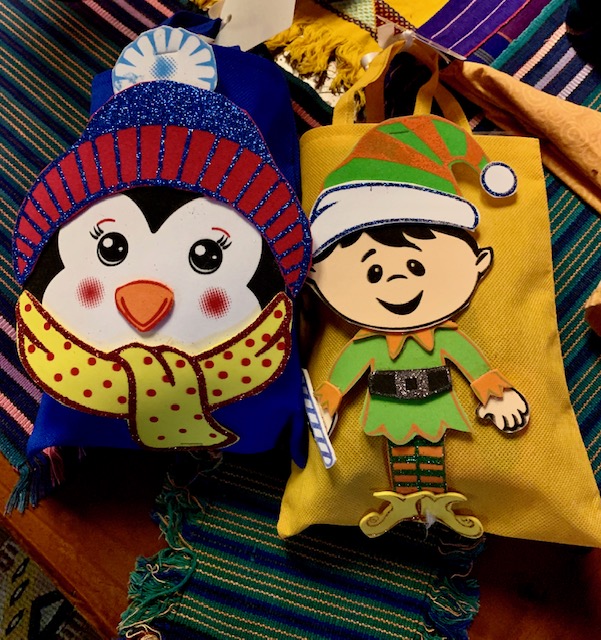
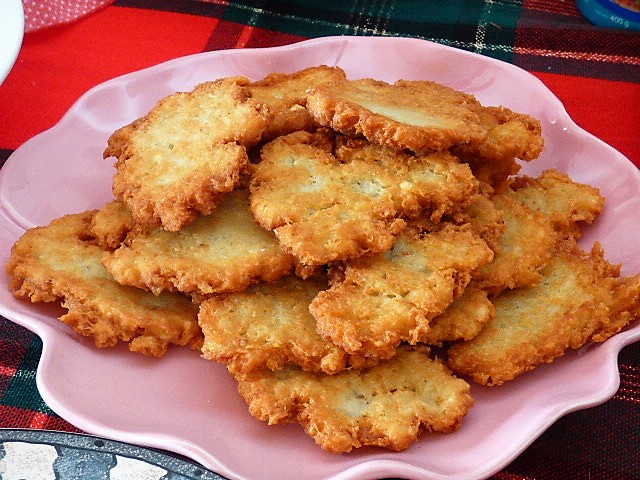
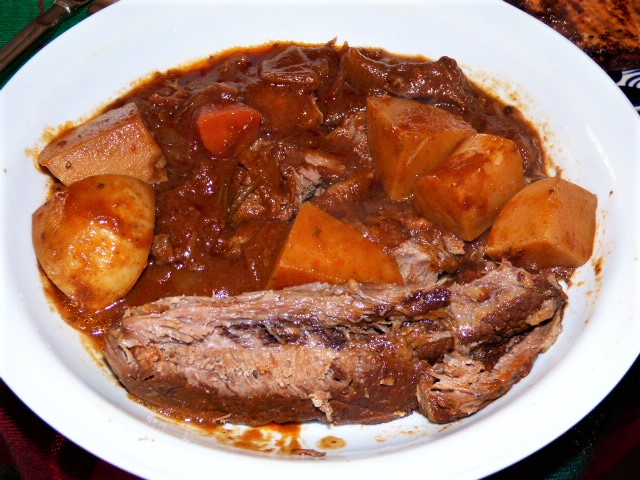



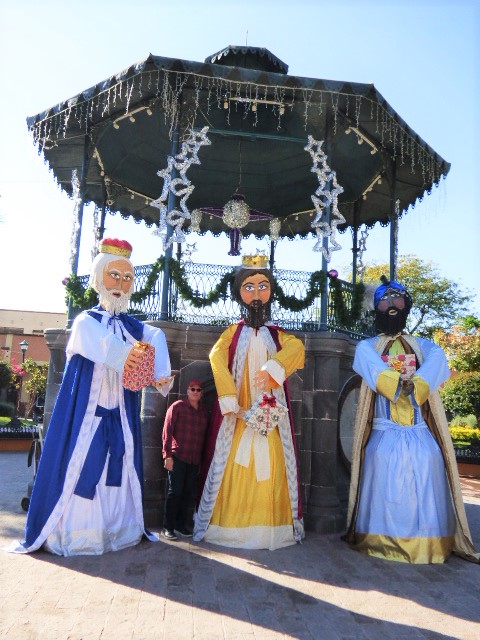




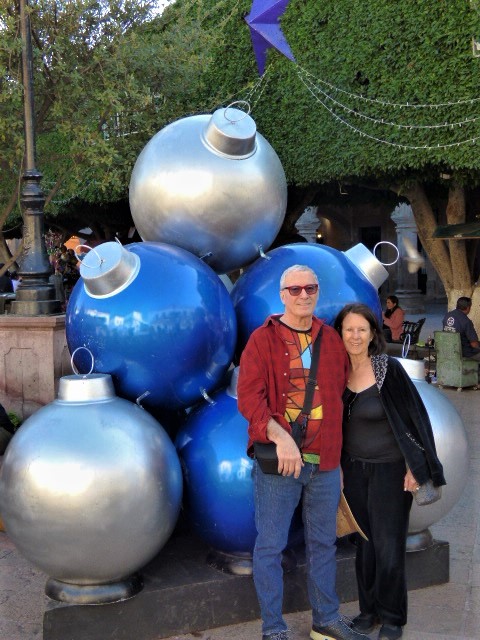
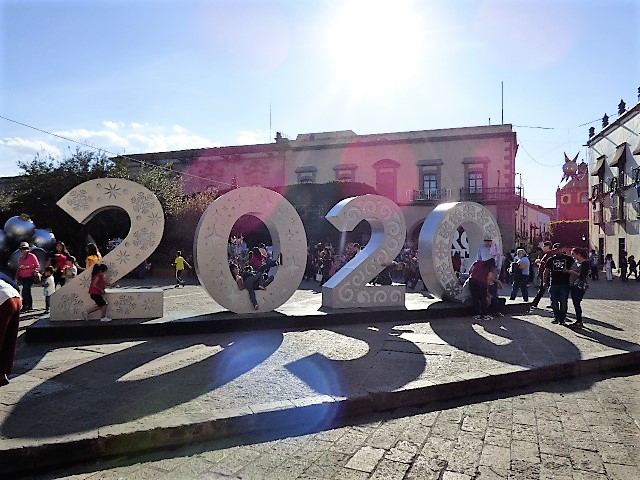
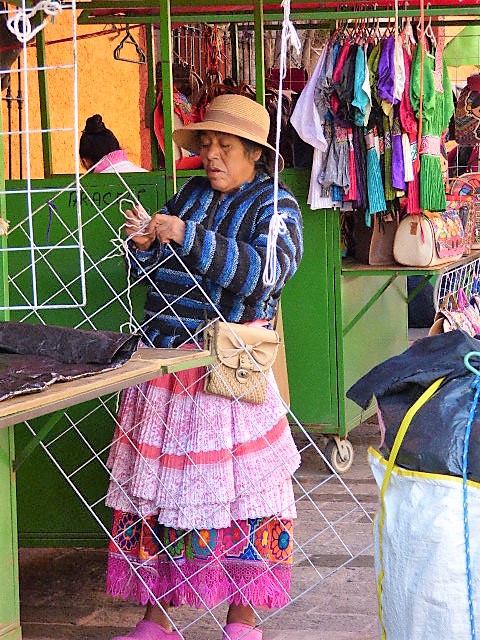

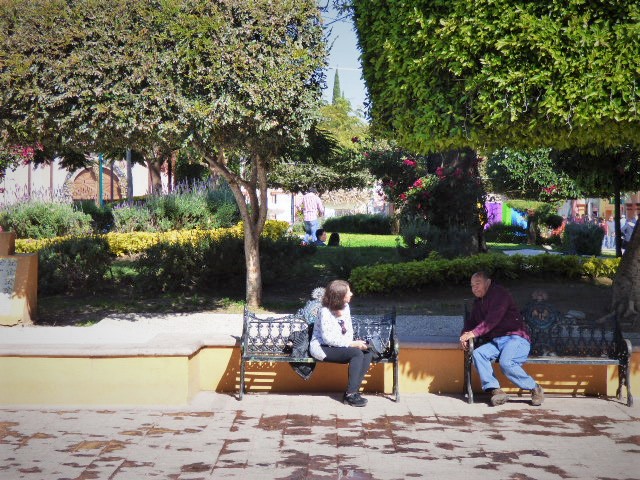

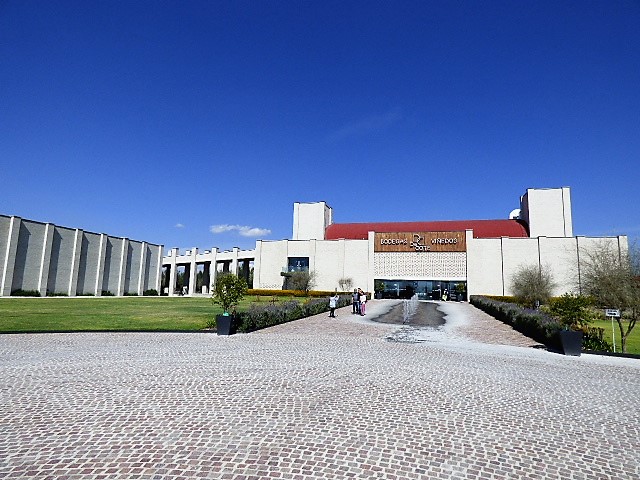
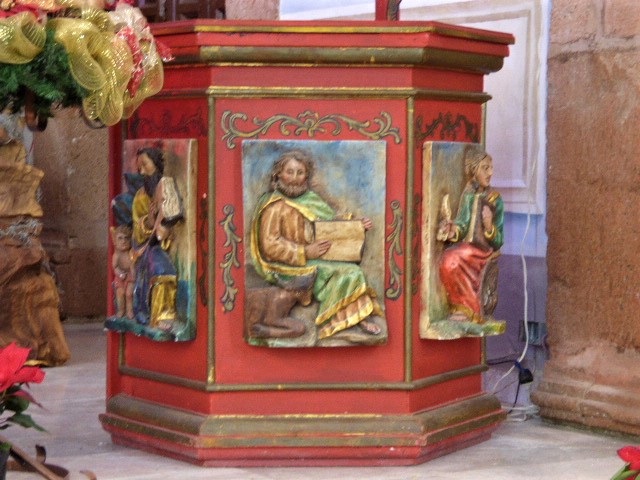

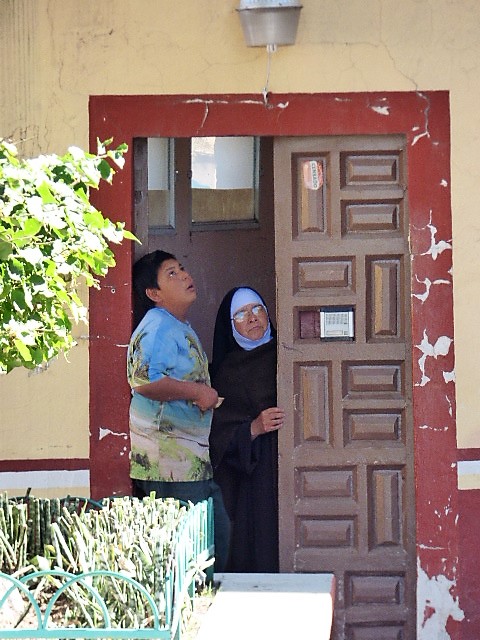




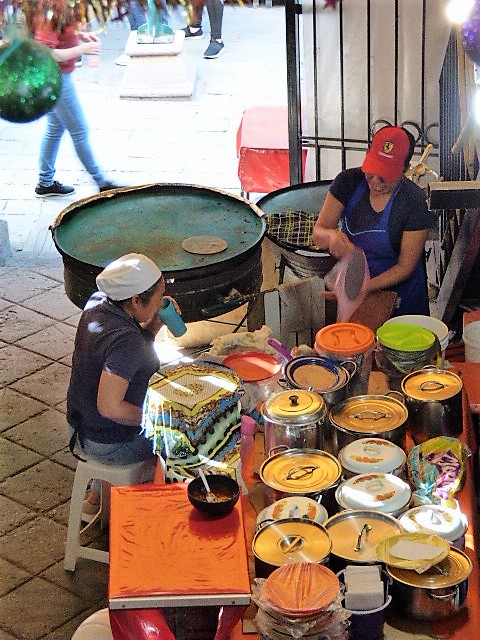
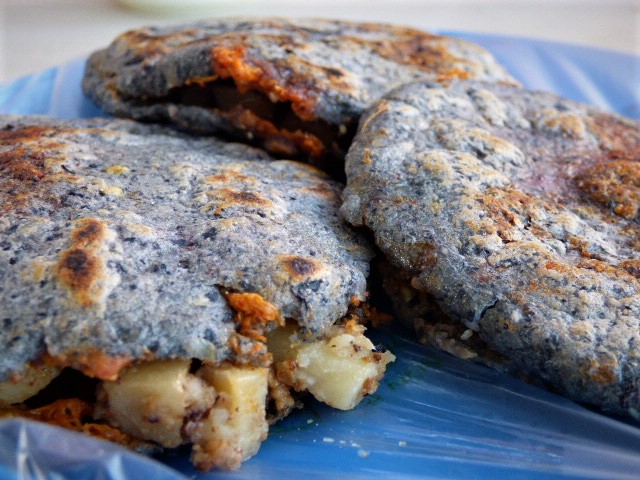
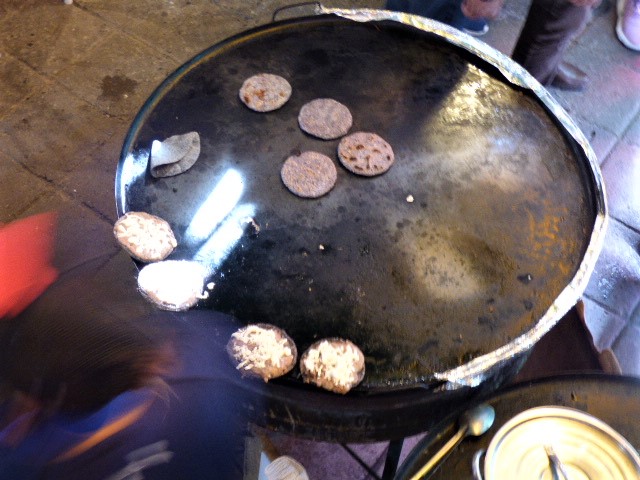
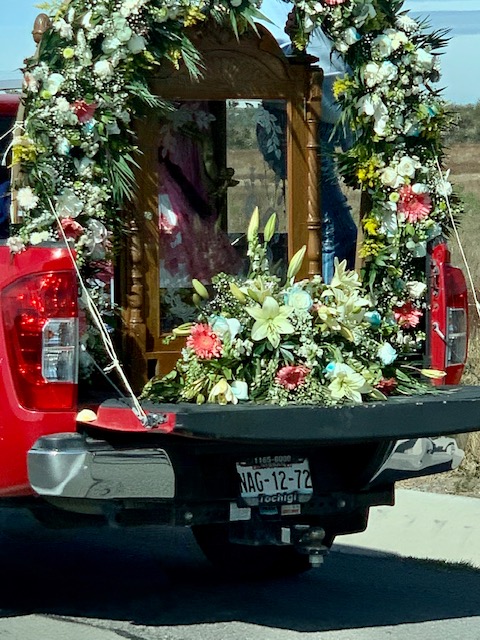
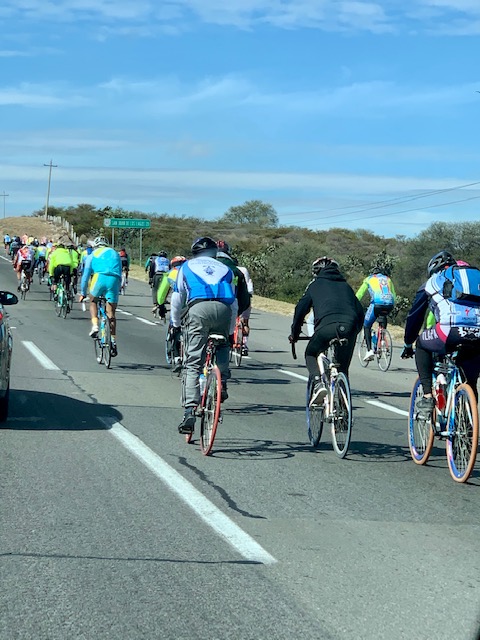

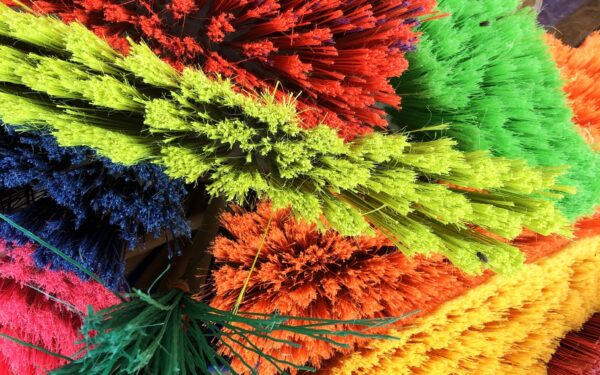

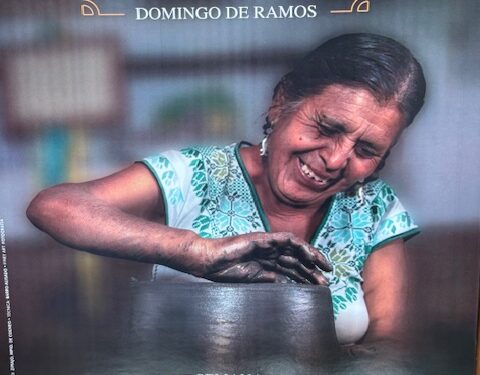

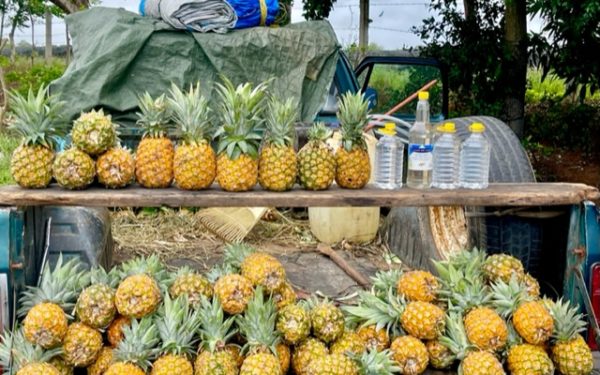
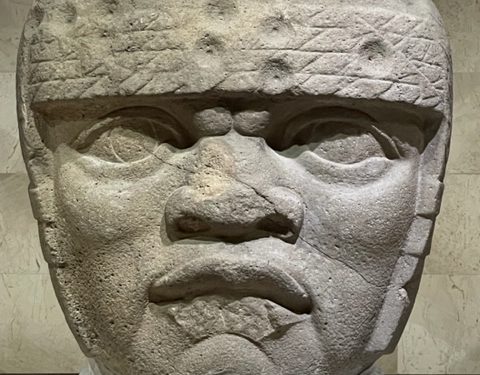
Fabulous!
OMG! Even more beautiful scenes and great food! You guys are spoiled! Glad you had a nice visit with David’s sister. Jack and I wish you both a very prosperous, healthy, and Happy New Year!
Happy New Year to you both! I was hoping to see the Christmas Tree……………
All our love,
Julie and Scott